When you think of a powerful physique, the image that comes to mind isn't just about muscle size—it's about dense, compact muscle that looks and performs strong. Understanding how to build muscle density, not just bulk, can be a game-changer for athletes, bodybuilders, and fitness enthusiasts alike.
What Is Muscle Density?
Muscle density refers to how much contractile tissue (muscle fibers) you have relative to non-contractile components like fat or fluid. Dense muscles feel harder, look more compact, and deliver more functional strength compared to larger, "softer" muscles that might be filled with more glycogen, water, or intramuscular fat.
When comparing muscle mass vs. density, it's important to know that bigger muscles aren't always denser. A person may have significant muscle size but still lack that tight, rock-solid appearance that comes with high density. Dense muscle mass emphasizes strength and performance over sheer volume.
What Does Dense Muscle Look Like?
Dense muscles appear thicker and more compact without necessarily being huge. Think of elite gymnasts, fighters, or sprinters. Their bodies showcase dense muscle fibers that deliver explosive power and endurance without excessive bulk.
Why Focus on Muscle Density?
Training for dense muscle improves more than just appearance. It:
-
Increases overall strength-to-weight ratio
-
Enhances athletic performance
-
Improves joint stability
-
Reduces injury risk
High-density muscle is like turning your body into a high-performance machine—built for power, speed, and resilience.
How to Build Muscle Density
Achieving dense muscle tissue involves more than lifting heavy occasionally. Here's how to build dense muscle effectively:
1. Prioritize Lower Reps and Higher Weights
Heavy compound lifts with lower reps (3-8 reps per set) stimulate deep muscle fiber recruitment, building stronger, denser muscles. Think squats, deadlifts, overhead presses, and weighted pull-ups.
2. Incorporate Time Under Tension (TUT)
Slow down your reps. Controlling the eccentric (lowering) phase of a lift increases muscle fiber activation and stimulates growth in a way that builds density, not just size.
3. Focus on Progressive Overload
Constantly challenge your muscles with increased weight, volume, or intensity. Over time, muscles adapt by becoming harder and more efficient rather than just bigger.
4. Train for Strength, Not Just Pump
Workouts emphasizing endurance or hypertrophy (like high reps for a "pump") build volume but not necessarily density. Dense muscle training prioritizes maximal strength output with full recovery between sets.
5. Mix in Explosive Movements
Plyometrics, sprints, and Olympic lifts develop fast-twitch fibers, essential for high-density, high-output muscles.
How to Increase Muscle Density Without Getting Bigger
Some want harder, stronger muscles without gaining much size. To achieve this:
-
Keep caloric intake moderate to avoid fat gain.
-
Emphasize neural adaptations with heavy lifting.
-
Minimize volume-focused bodybuilding workouts.
-
Increase the frequency of strength work while maintaining recovery.
This strategy leads to "compact muscles" — thicker and stronger, but not significantly larger.
Muscle Size vs. Density: Key Differences
-
Muscle Size: Focuses on increasing volume, often with high-rep, pump-style training.
-
Muscle Density: Focuses on building tightly packed fibers for functional strength and a solid, firm look.
Understanding this distinction helps tailor your training goals more precisely.
Common Questions About Muscle Density
What is dense muscle? Dense muscle is muscle that's tightly packed with minimal non-contractile tissue, providing a hard, solid feel and high strength output.
Can you increase muscle density? Yes. Through proper strength training, progressive overload, and controlling body composition, you can significantly improve muscle density.
How dense can muscle get? With dedicated training, genetics, and optimal recovery, muscles can become extremely compact and strong, similar to what is seen in elite strength athletes.
Dense muscle vs big muscle: What's better? It depends on your goals. Dense muscles excel in athletic performance and aesthetics, while bigger muscles may be preferred for bodybuilding competitions.
Dense Muscle Workout Example
A simple weekly template could include:
-
Day 1: Heavy Lower Body (Squats, Romanian Deadlifts)
-
Day 2: Heavy Upper Body (Bench Press, Weighted Pull-Ups)
-
Day 3: Explosive/Speed Work (Sprints, Box Jumps)
-
Day 4: Rest or Active Recovery
-
Day 5: Repeat Cycle
Each strength workout should prioritize 3-6 heavy sets of 3-5 reps per major lift, with proper rest between sets.
Final Thoughts
Building high-density muscle is about more than looking good—it's about building a body that performs better and lasts longer. With smart training, attention to recovery, and proper nutrition, you can develop muscles that are not just bigger, but better. Whether you're aiming for that solid "armor-plated" look or simply want to perform at your peak, muscle density training is a proven, powerful path to achieve it.





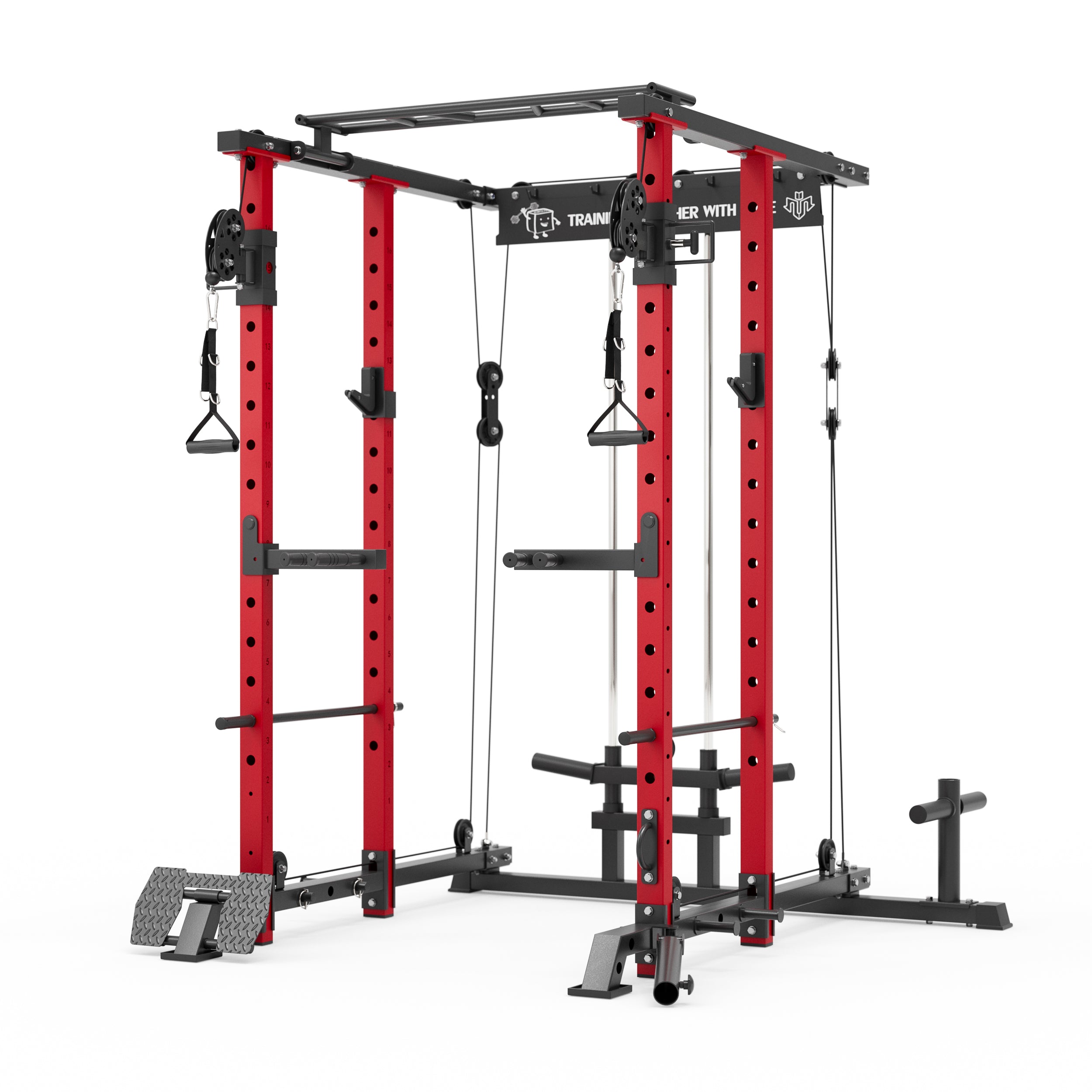



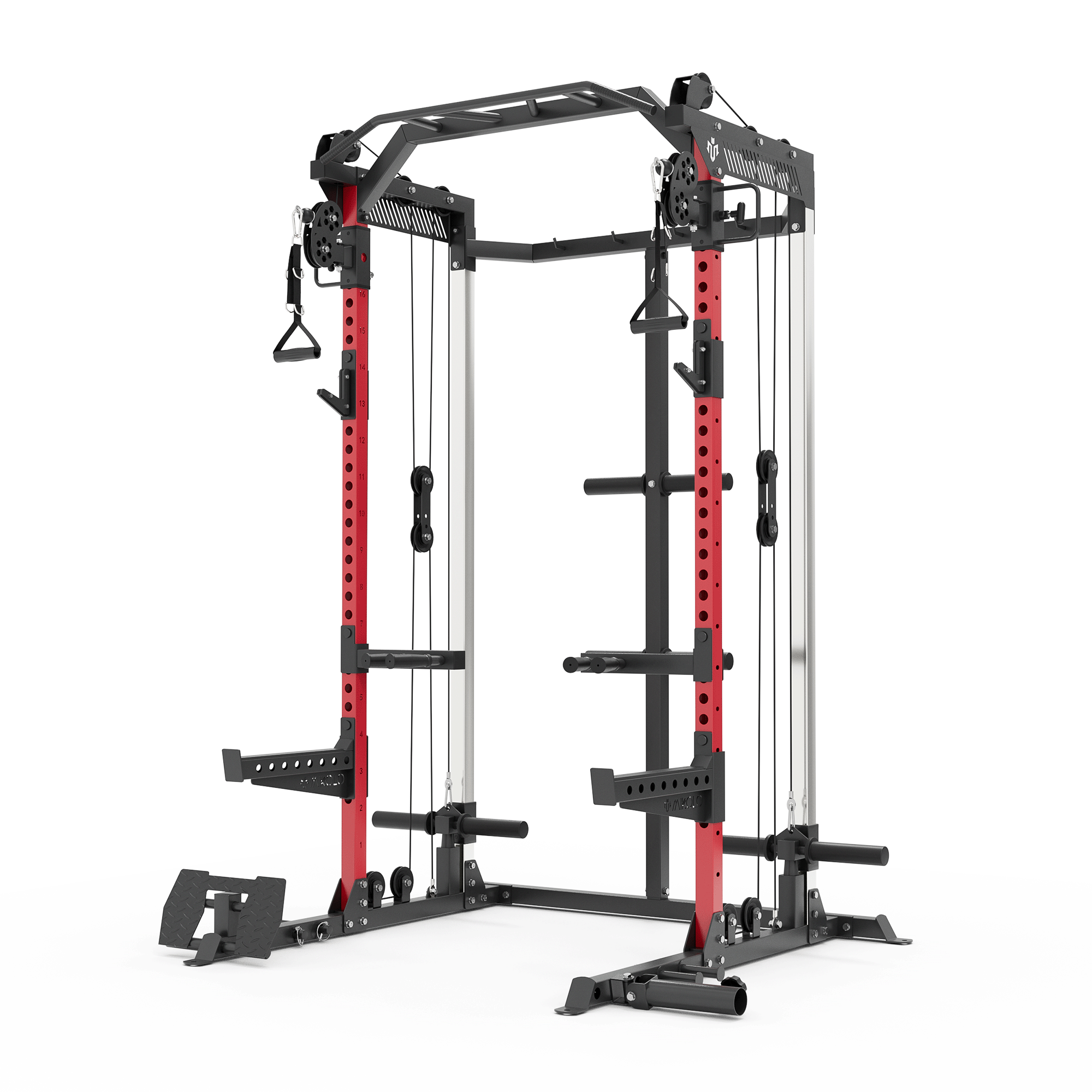
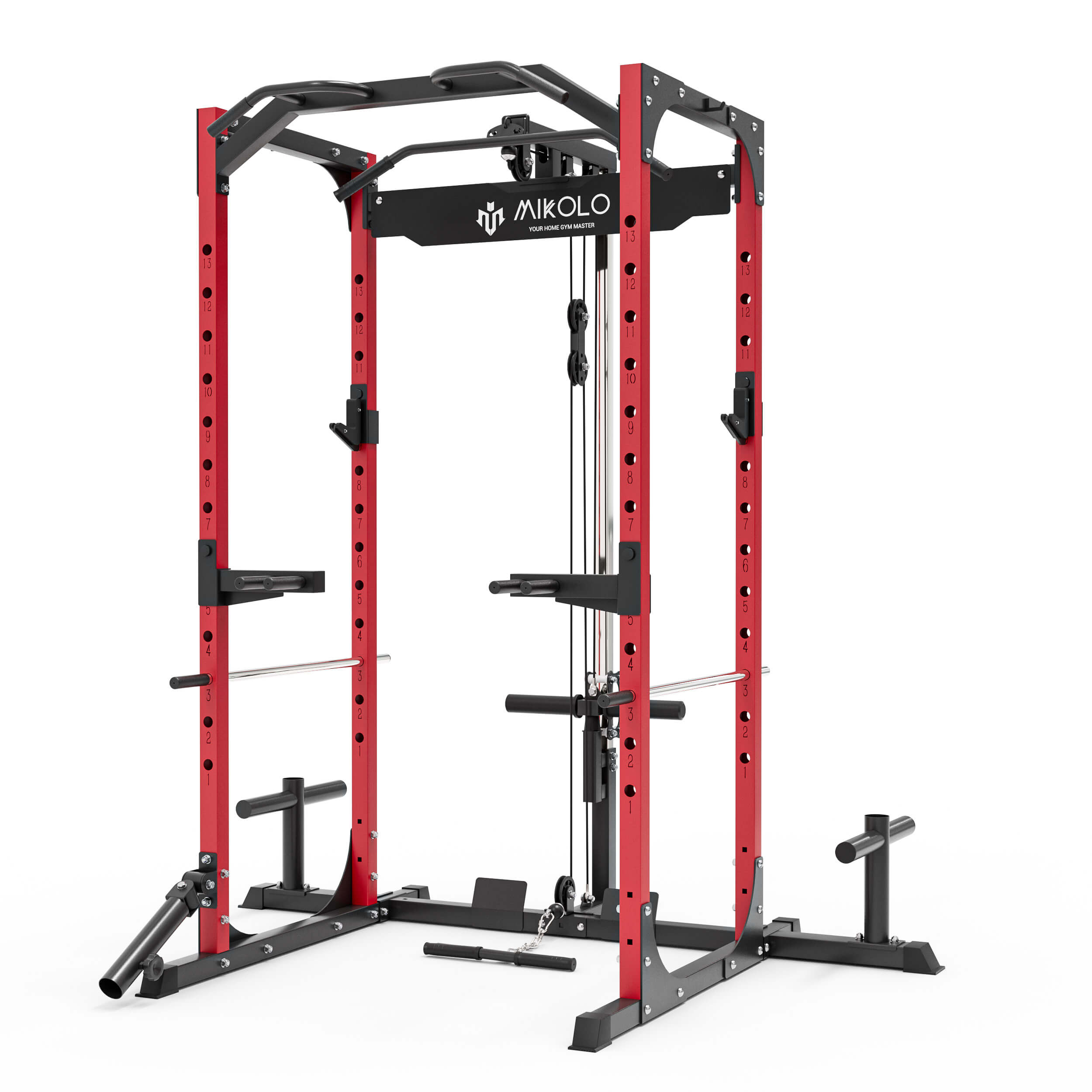






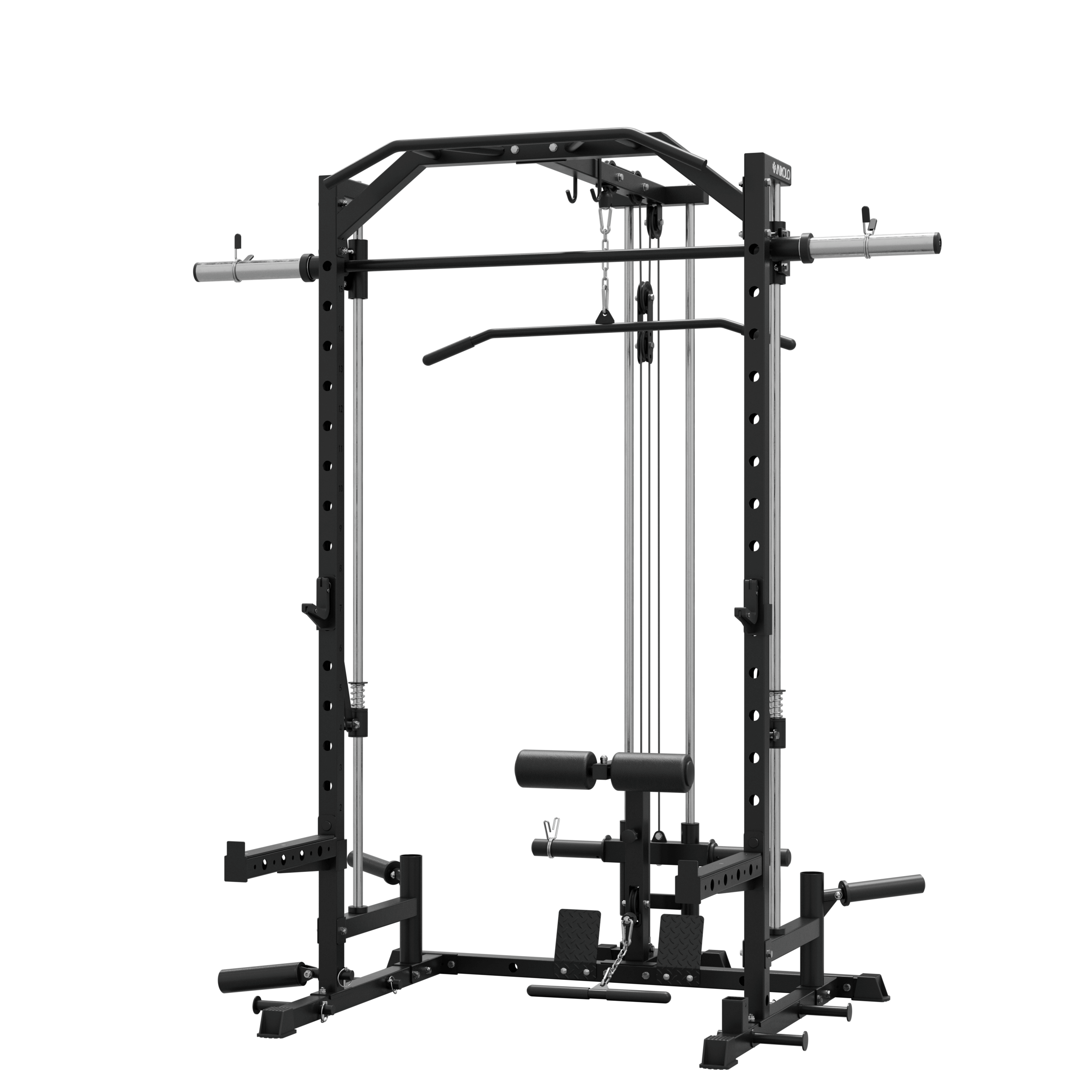
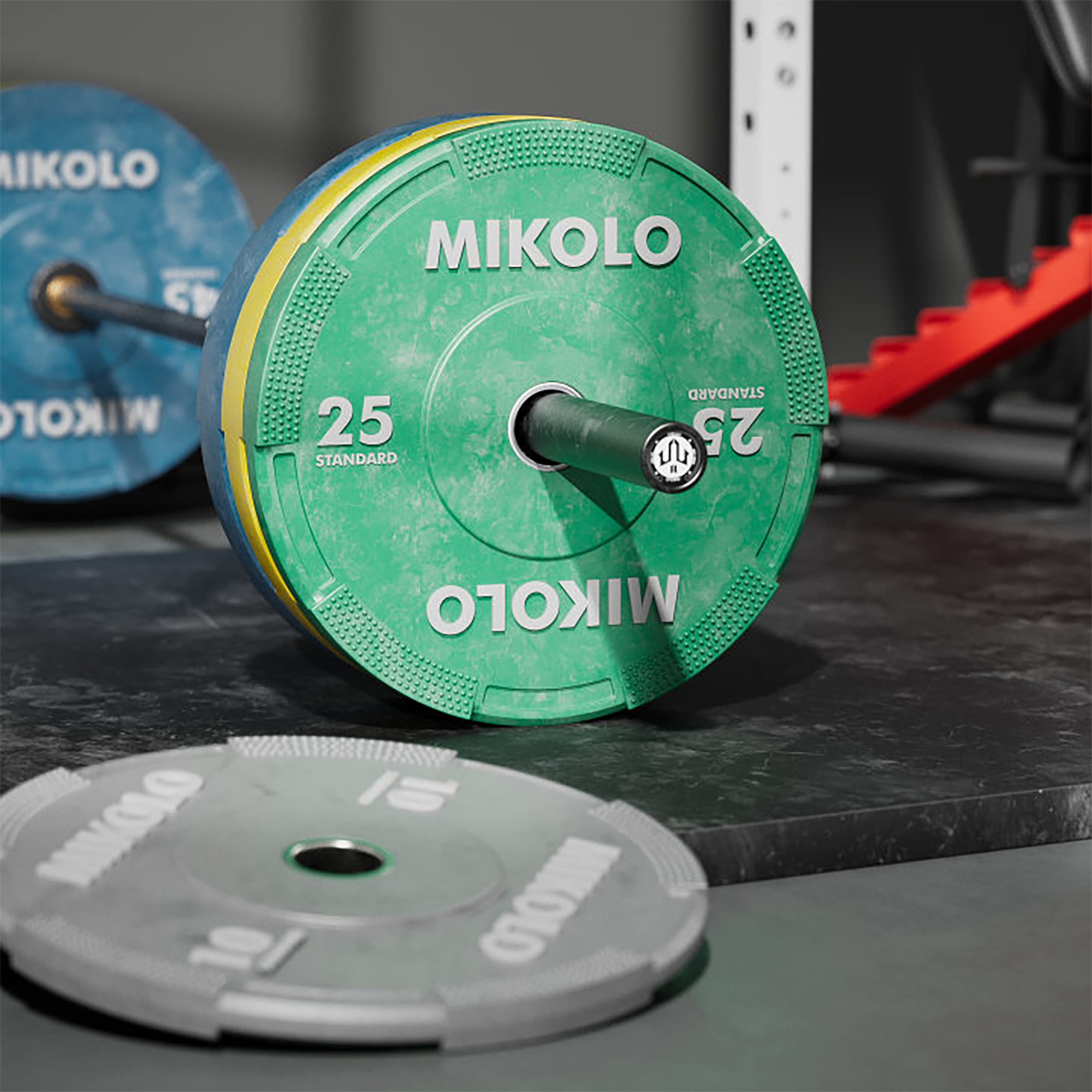
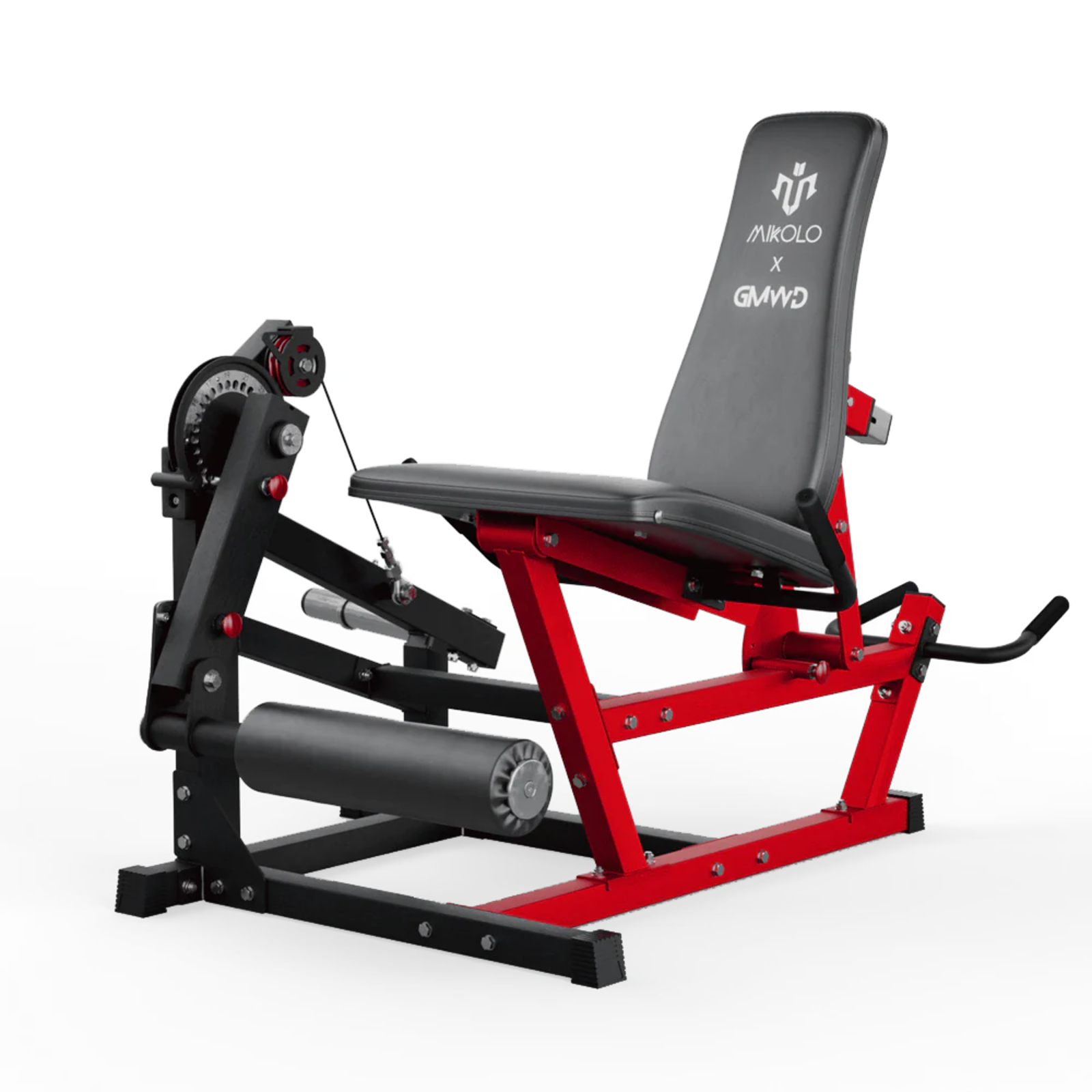

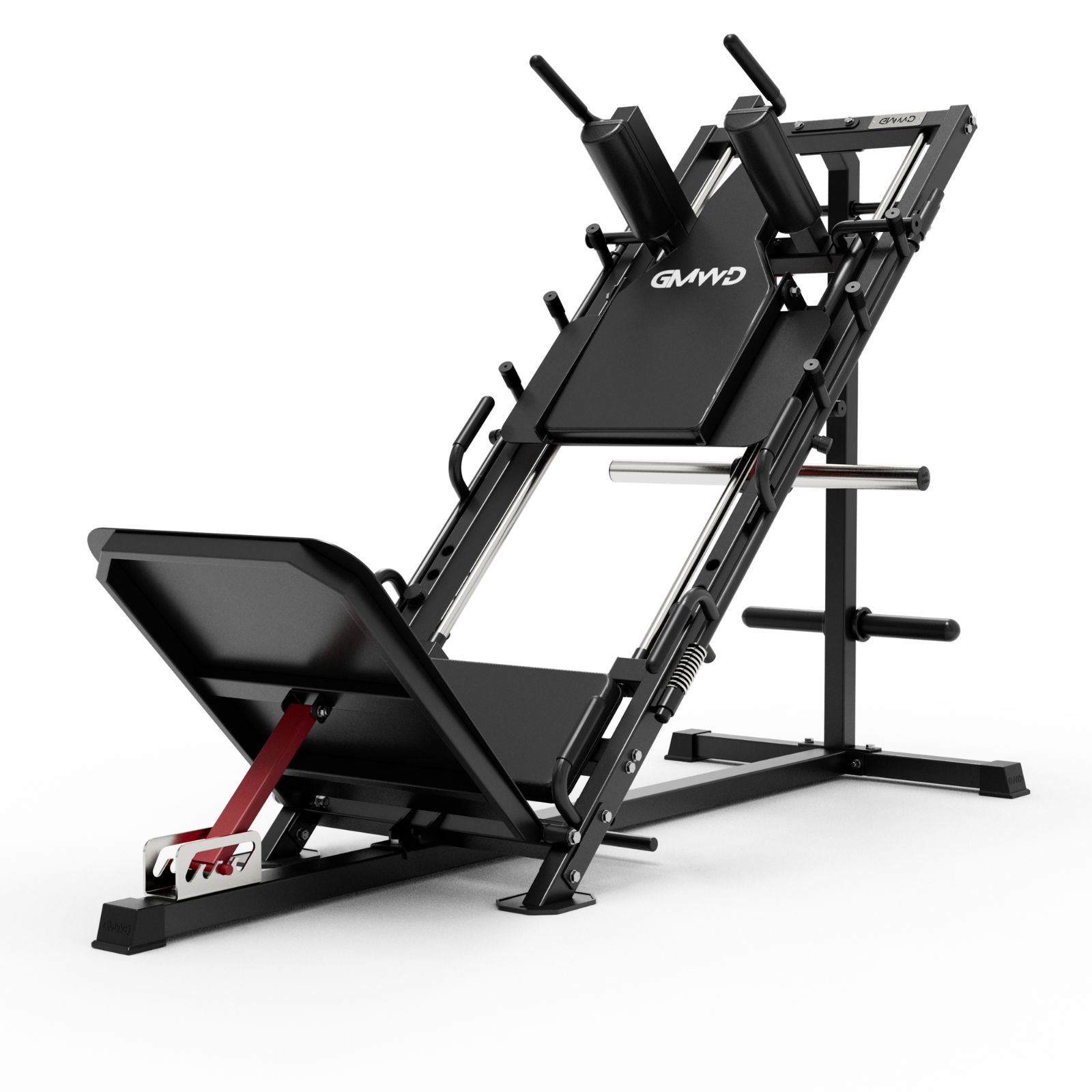


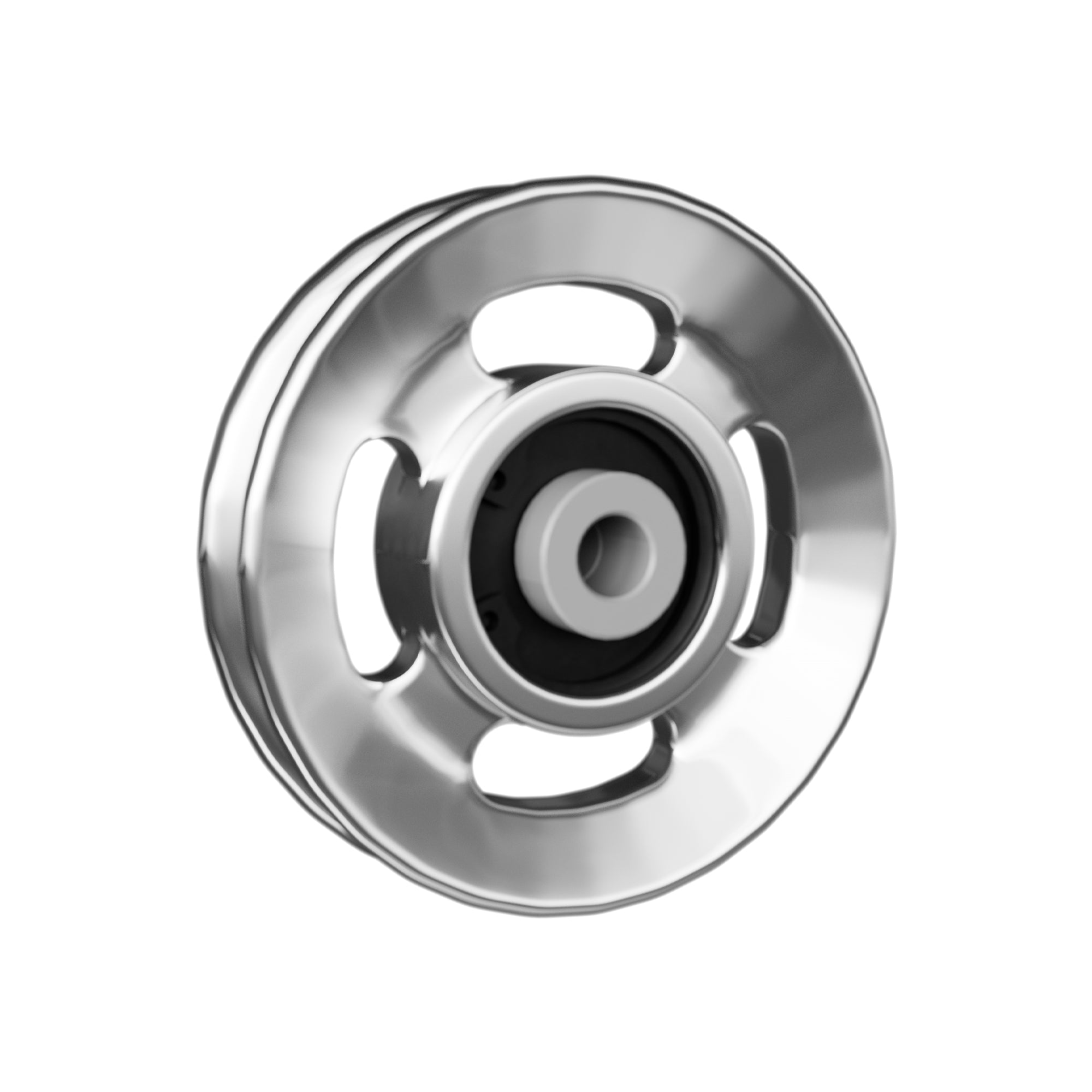
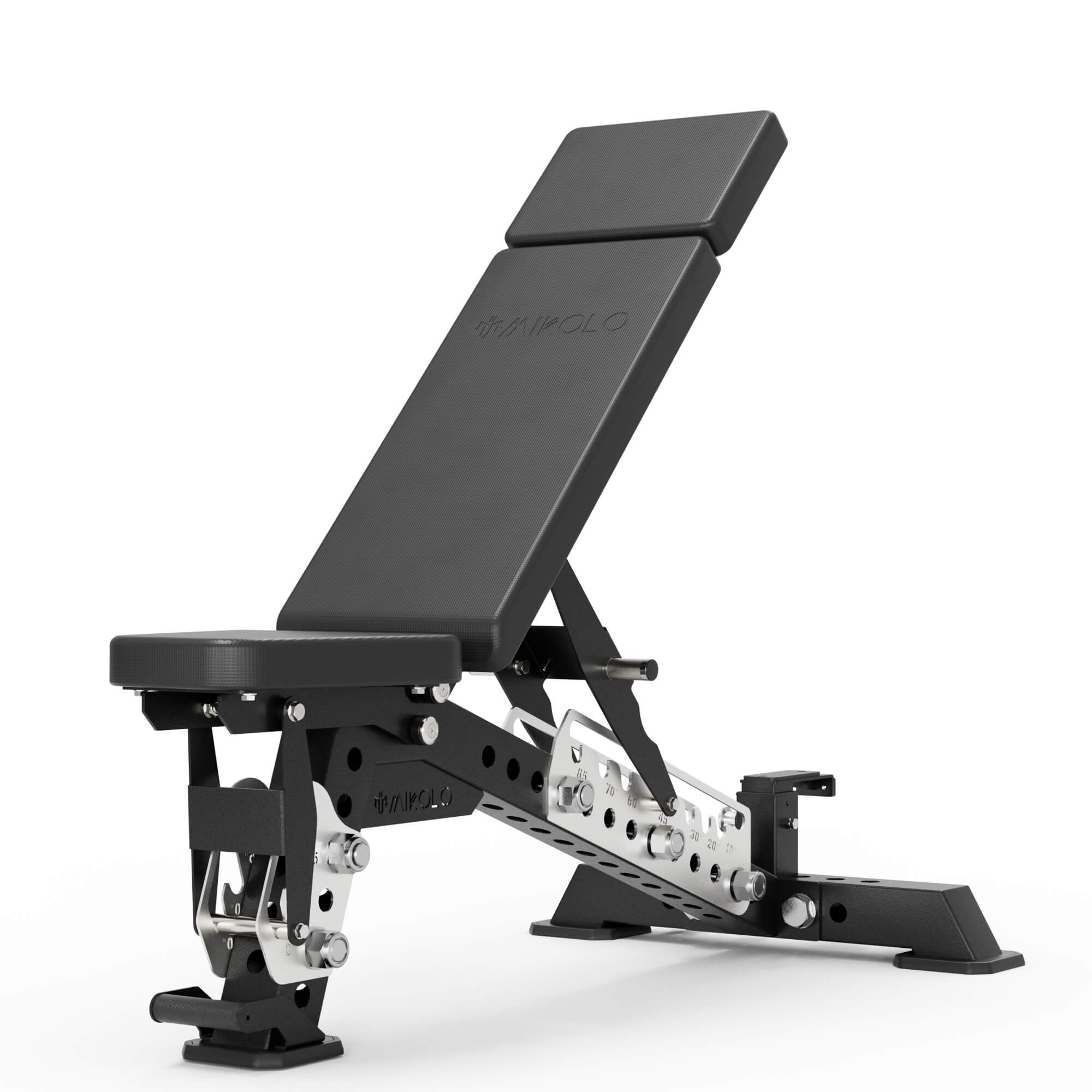


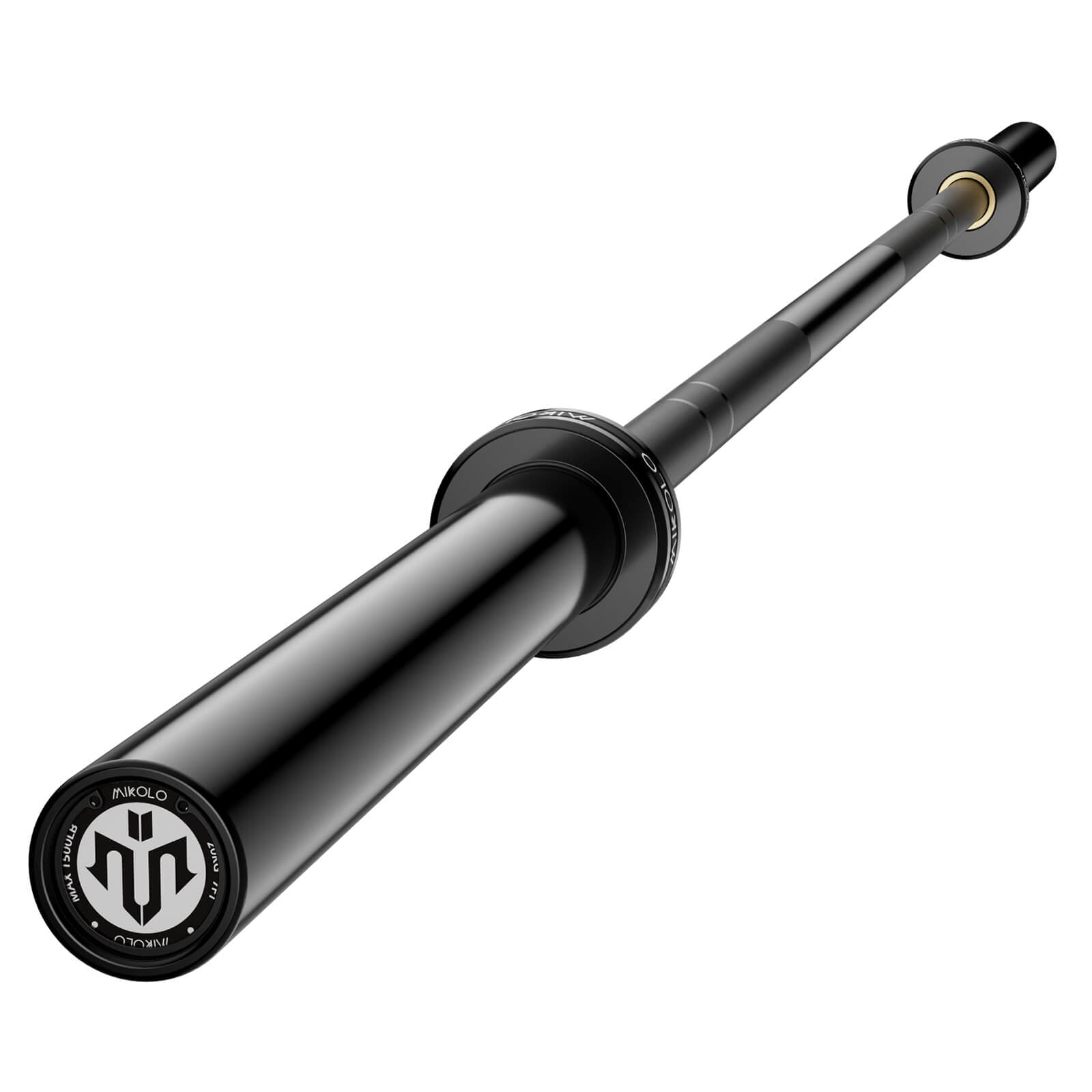
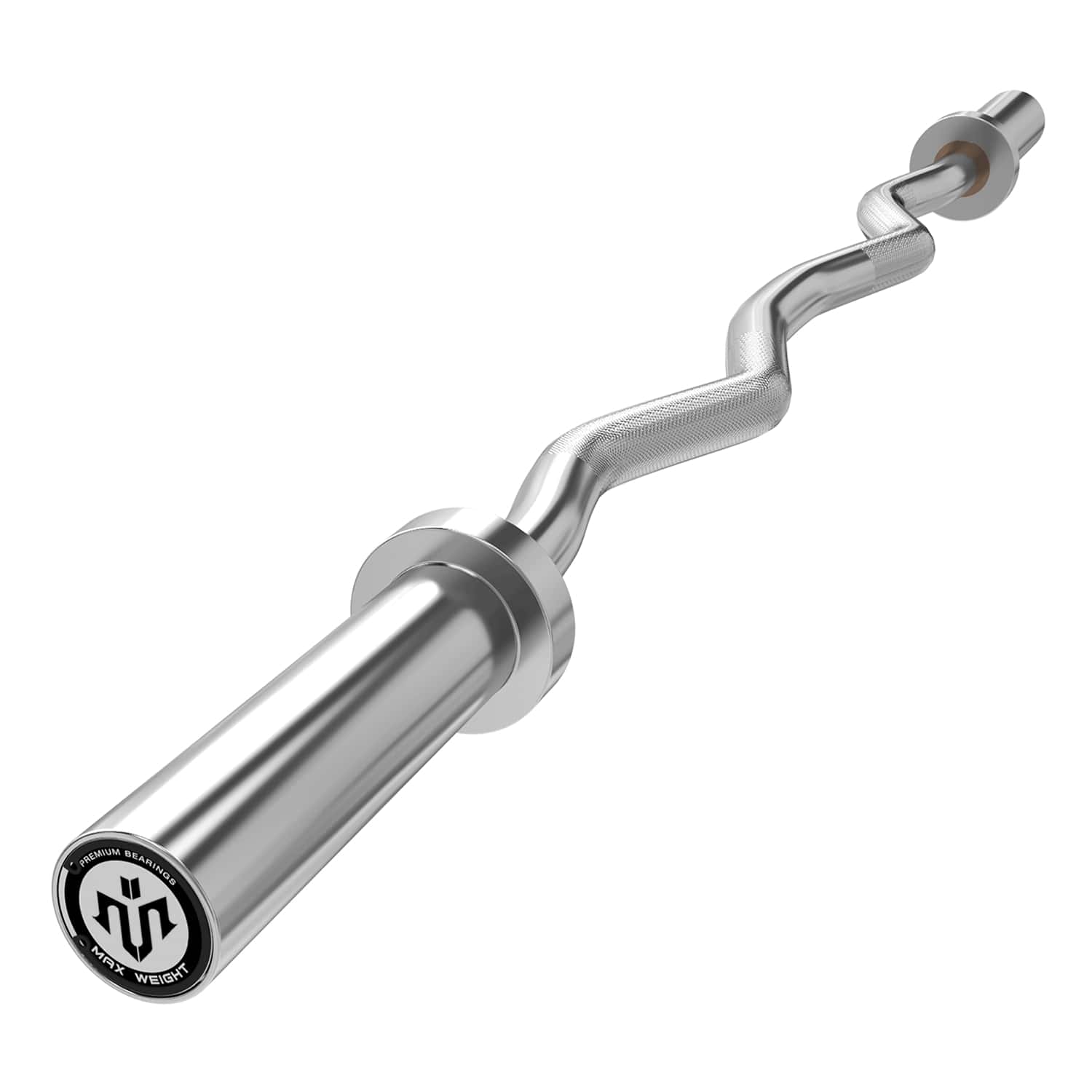

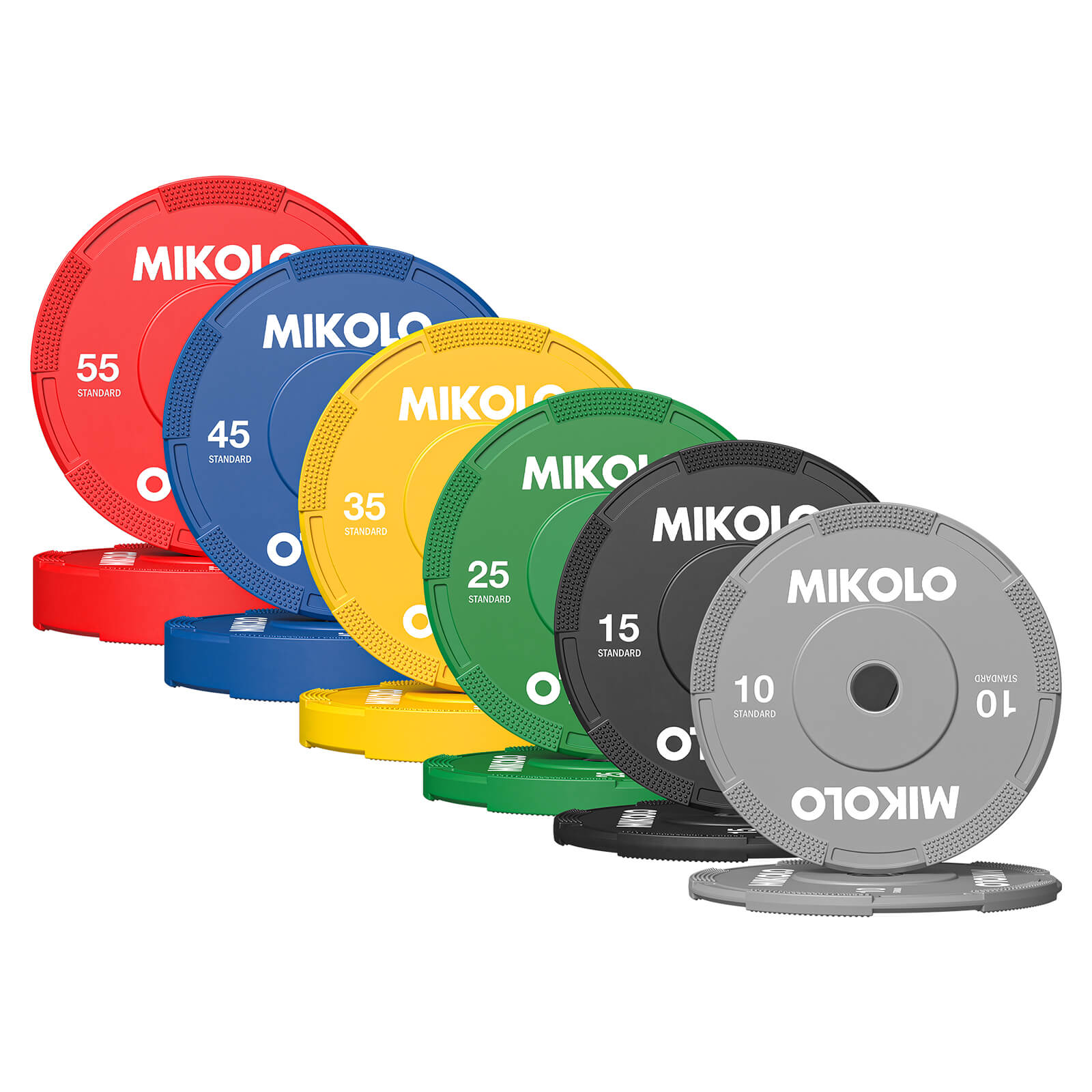
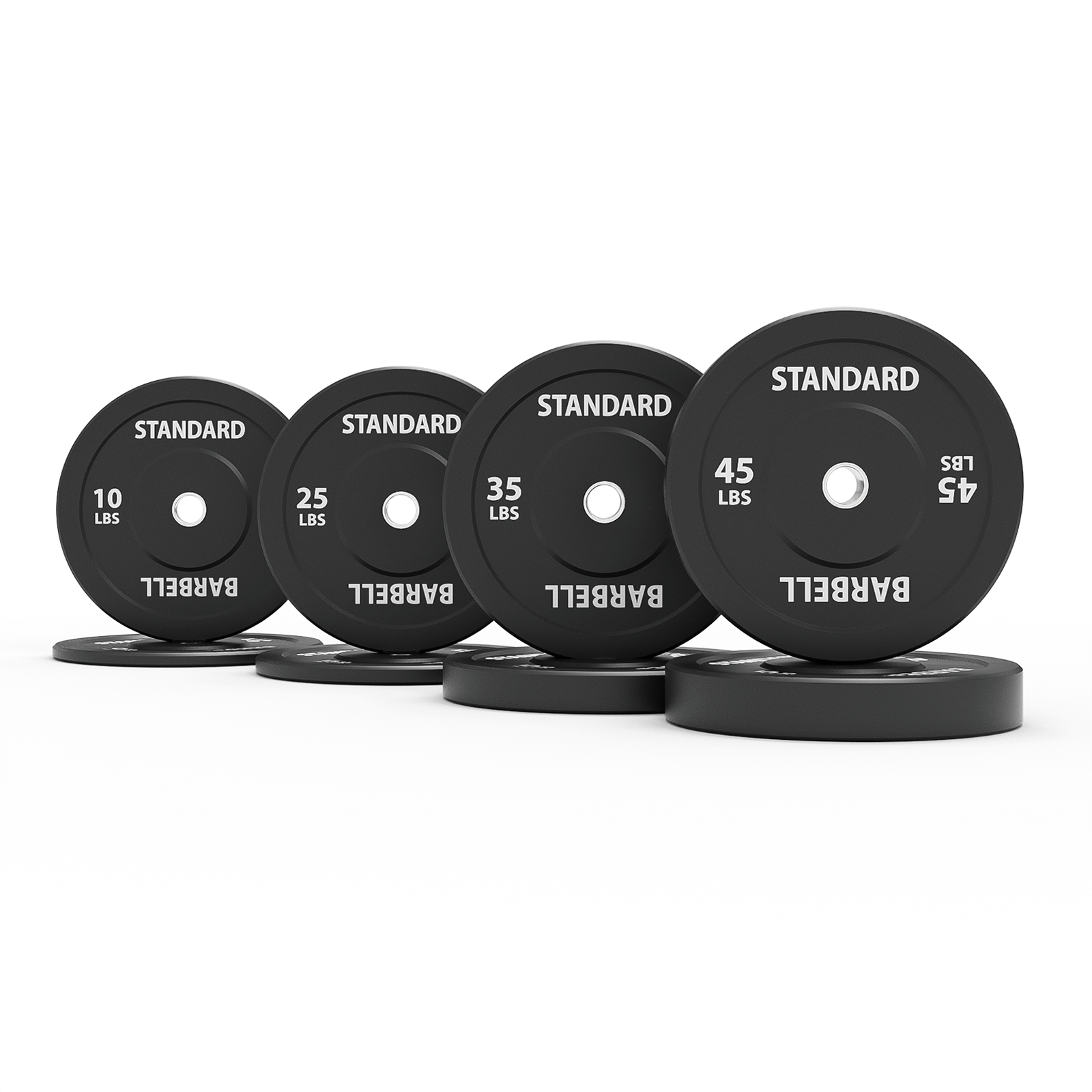
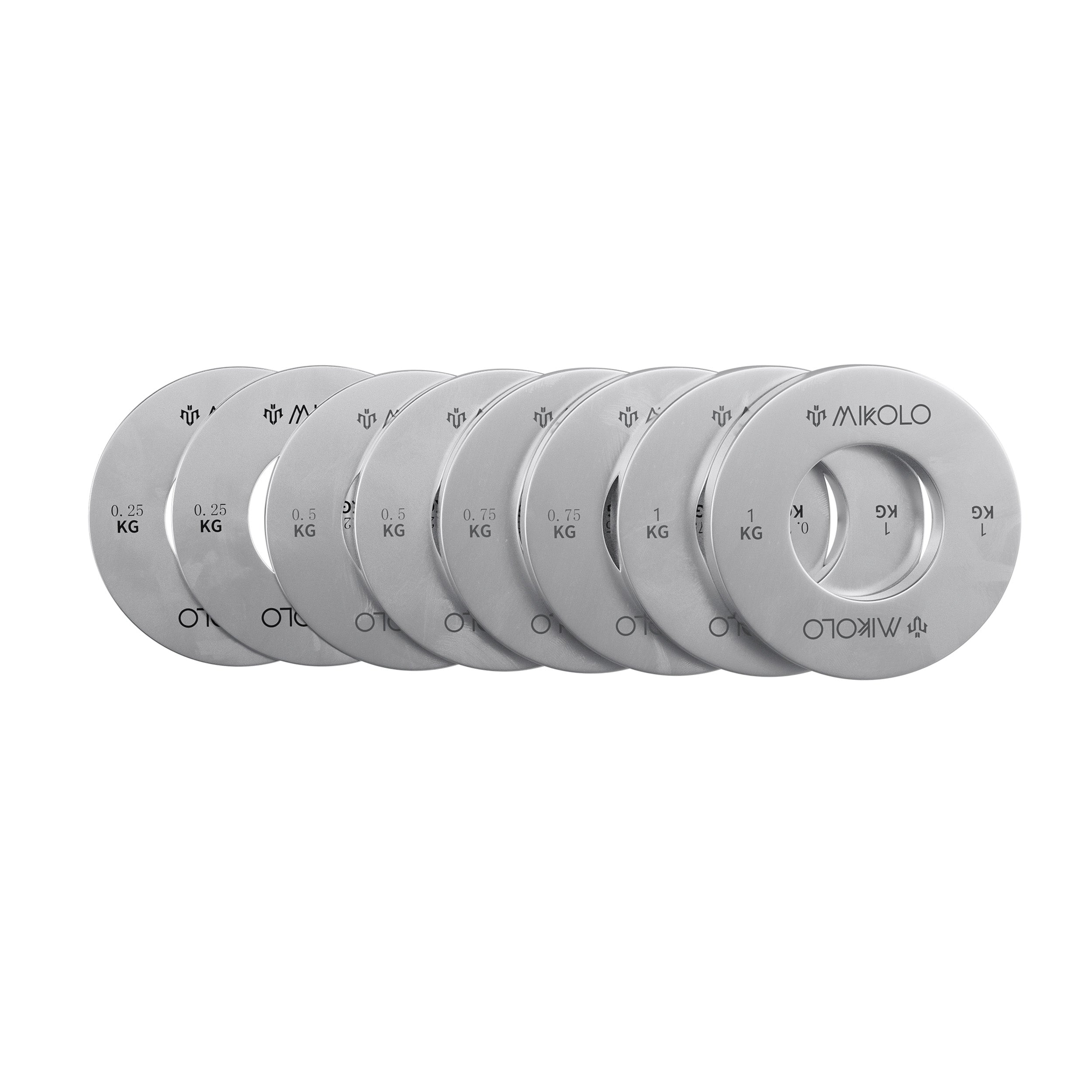


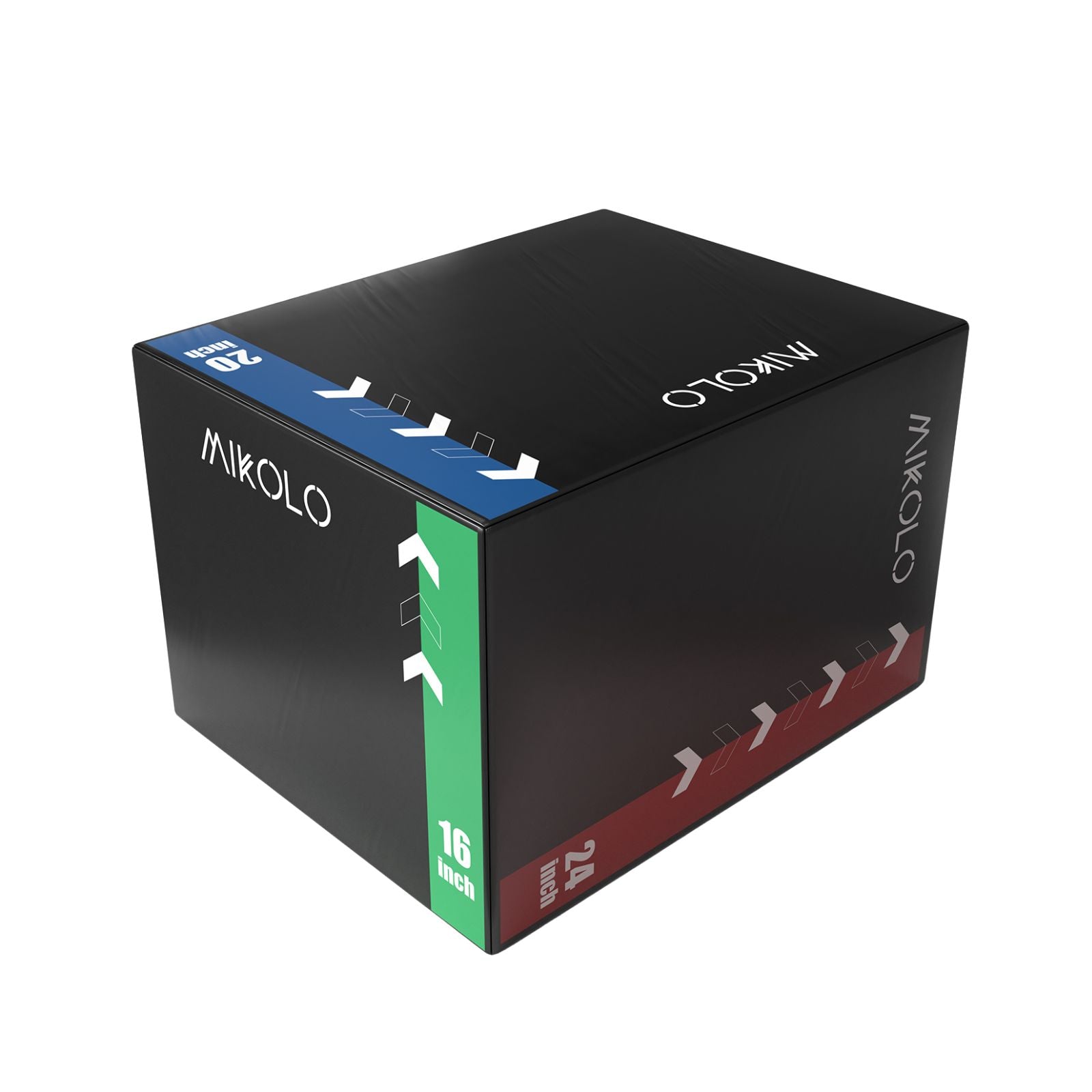
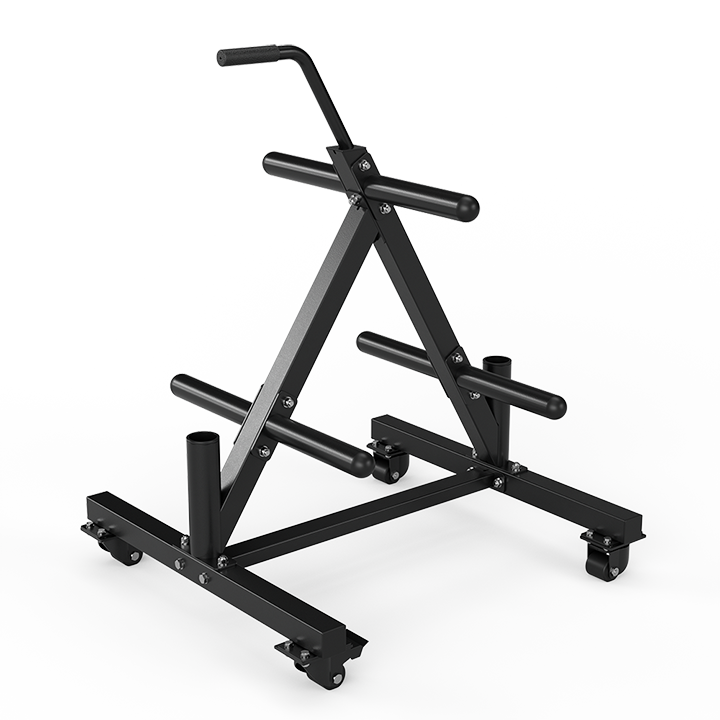





Leave a comment
This site is protected by hCaptcha and the hCaptcha Privacy Policy and Terms of Service apply.